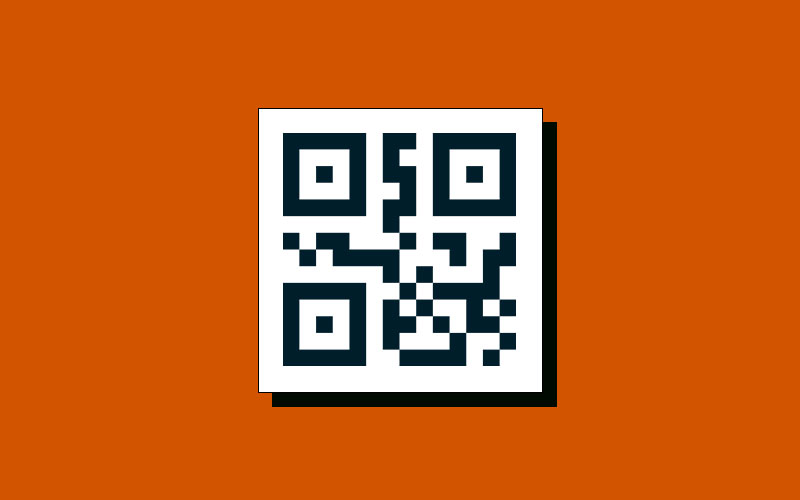
Can your label printing software handle QR codes? Manufacturers and shippers utilize QR codes as versatile tools to streamline various aspects of their operations. QR codes are employed for efficient inventory management, allowing quick tracking of products through the supply chain and minimizing errors in stock tracking. They play a crucial role in product traceability, enabling the tracking of a product’s origin, distribution, and handling. QR codes facilitate quality control processes by providing quick access to detailed information about each product during inspections. Shippers use QR codes to enhance supply chain transparency, ensuring the right products are transported to the right destinations.
These codes also contribute to asset tracking, enabling the monitoring of equipment location and maintenance history. In manufacturing, QR codes are employed for work-in-progress tracking, linking different stages of production. Shippers often include QR codes on product labels for interactive marketing, providing consumers with easy access to additional information, manuals, and promotional materials. QR codes also serve as a tool for product authentication, helping combat counterfeiting and build consumer trust. Overall, QR codes are integral to modern manufacturing and shipping processes, providing efficiency, traceability, and enhanced customer experiences.
What is a QR Code?
A Quick Response (QR) code is a two-dimensional, matrix barcode that consists of black squares arranged on a white background in a square grid. Initially developed for tracking automotive parts, QR codes have become ubiquitous in various industries due to their capacity to store a significant amount of information. Users can quickly access this data by scanning the QR code with a smartphone or dedicated barcode scanner. The encoded information can include web links, product details, contact information, or any other data relevant to the intended application. QR codes serve as a bridge between the physical and digital worlds, facilitating efficient information retrieval, interactive marketing, inventory management, and enhanced user experiences across diverse sectors, ranging from manufacturing and logistics to marketing and healthcare.
The QR Code Revolution
Quick Response (QR) codes have transformed the way businesses interact with their products, consumers, and internal processes. These two-dimensional codes, consisting of black squares arranged on a white background, store a wealth of information that can be quickly scanned and accessed using a smartphone or dedicated barcode scanner.
For manufacturers and distributors, integrating QR codes into their label management strategy brings a host of benefits, from improved traceability to enhanced customer engagement. Let’s explore the key advantages:

1. Streamlined Inventory Management
QR codes enable manufacturers and distributors to encode detailed information about products, including batch numbers, manufacturing dates, and specifications. Scanning QR codes during inventory management processes speeds up data entry, minimizes errors, and provides real-time insights into stock levels.
2. Efficient Traceability
In industries where traceability is paramount, such as food and pharmaceuticals, QR codes play a crucial role. With a quick scan, stakeholders can trace the entire journey of a product, from its origin on the manufacturing floor to its destination in the hands of the end consumer. This enhances transparency and aids in compliance with regulatory requirements.
3. Enhanced Product Authentication
QR codes serve as a powerful tool in combating counterfeiting and ensuring product authenticity. Manufacturers can encode secure information within QR codes that consumers can verify using their smartphones. This not only builds trust but also protects the brand from the risks associated with counterfeit products.
4. Simplified Customer Engagement
By incorporating QR codes on product labels, manufacturers and distributors can bridge the physical and digital realms. Consumers can scan QR codes to access additional product information, promotional offers, or user manuals directly on their smartphones. This interactive experience fosters brand engagement and loyalty.
5. Time-Efficient Quality Control
During quality control processes, QR codes facilitate the quick retrieval of detailed information about each product. This expedites the inspection process, allowing for timely identification of any defects or discrepancies. Swift decision-making based on real-time data contributes to maintaining high-quality standards.

Why Label Printing Software Matters
To fully harness the potential of QR codes in manufacturing and distribution, having robust label printing software is paramount. Here’s why:
1. Customization and Flexibility
Label printing software that accommodates QR codes should offer extensive customization options. Manufacturers and distributors often deal with diverse product lines, each requiring specific information on labels. Flexible software allows for the creation of tailored QR codes that meet the unique requirements of each product.
2. Centralized Database Control
Efficient label printing software should seamlessly integrate with database systems, ensuring that QR code content is accurate and up-to-date. This integration streamlines the printing process, reducing the likelihood of errors and discrepancies between the encoded information and the database. Additionally, having a server that stores all formats, rules, graphics, and barcodes to further ensure labeling consistency.
3. Batch Printing Capabilities
In industries with high-volume production, batch printing is a necessity. Label printing software should support batch printing of QR codes, allowing for the simultaneous generation of labels for multiple products. This not only saves time but also ensures consistency in label design across the entire batch.
4. Ease of Use
Manufacturers and distributors operate in fast-paced environments, and time is of the essence. Label printing software that is user-friendly and intuitive simplifies the label creation process. This ensures that even users with minimal technical expertise can generate QR codes efficiently.
Conclusion: Elevating Operations with QR Code Printing
In conclusion, the incorporation of QR codes into manufacturing and distribution processes is a transformative step towards operational excellence. From inventory management to customer engagement, QR codes enhance various facets of the supply chain. However, to unlock their full potential, having label printing software that seamlessly accommodates QR codes is non-negotiable.
As the manufacturing and distribution landscape continues to evolve, businesses that invest in advanced label printing software position themselves for success. Embrace the QR code revolution, streamline your operations, and elevate your brand by choosing label printing software that adapts to the dynamic needs of modern industries.
And speaking of label printing software that understands the power of QR codes, look no further than CYBRA’s MarkMagic. With its comprehensive features and user-friendly interface, MarkMagic empowers manufacturers and distributors to print QR codes seamlessly, ensuring a future-ready approach to labeling in the digital age. Unlock the potential of QR code printing with MarkMagic and set your business on a path to efficiency and innovation.
Better Labeling, Better Printing
Ensure every label is accurate, compliant, and printed without delays. Discover how CYBRA’s barcode and printing solutions streamline operations and eliminate errors.




